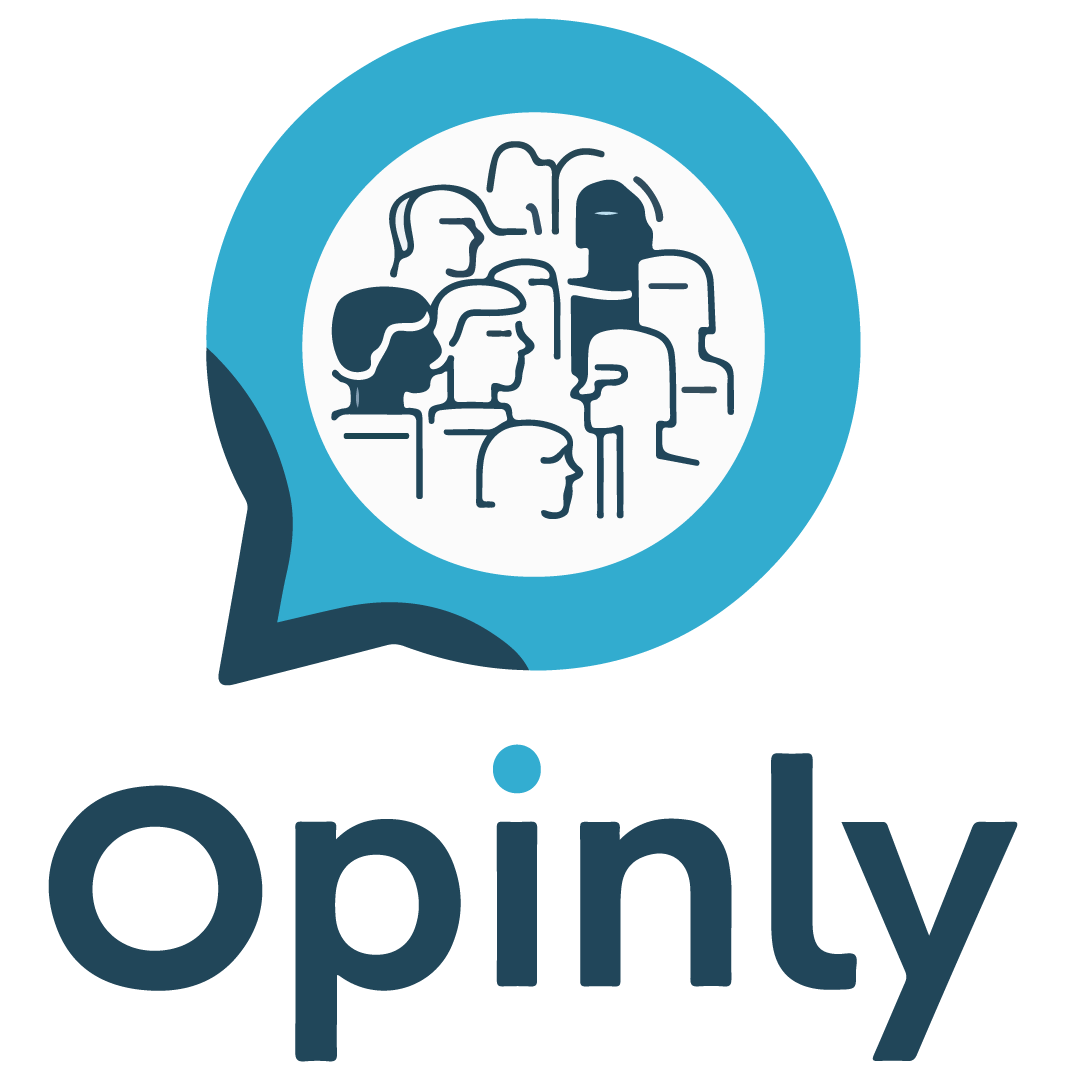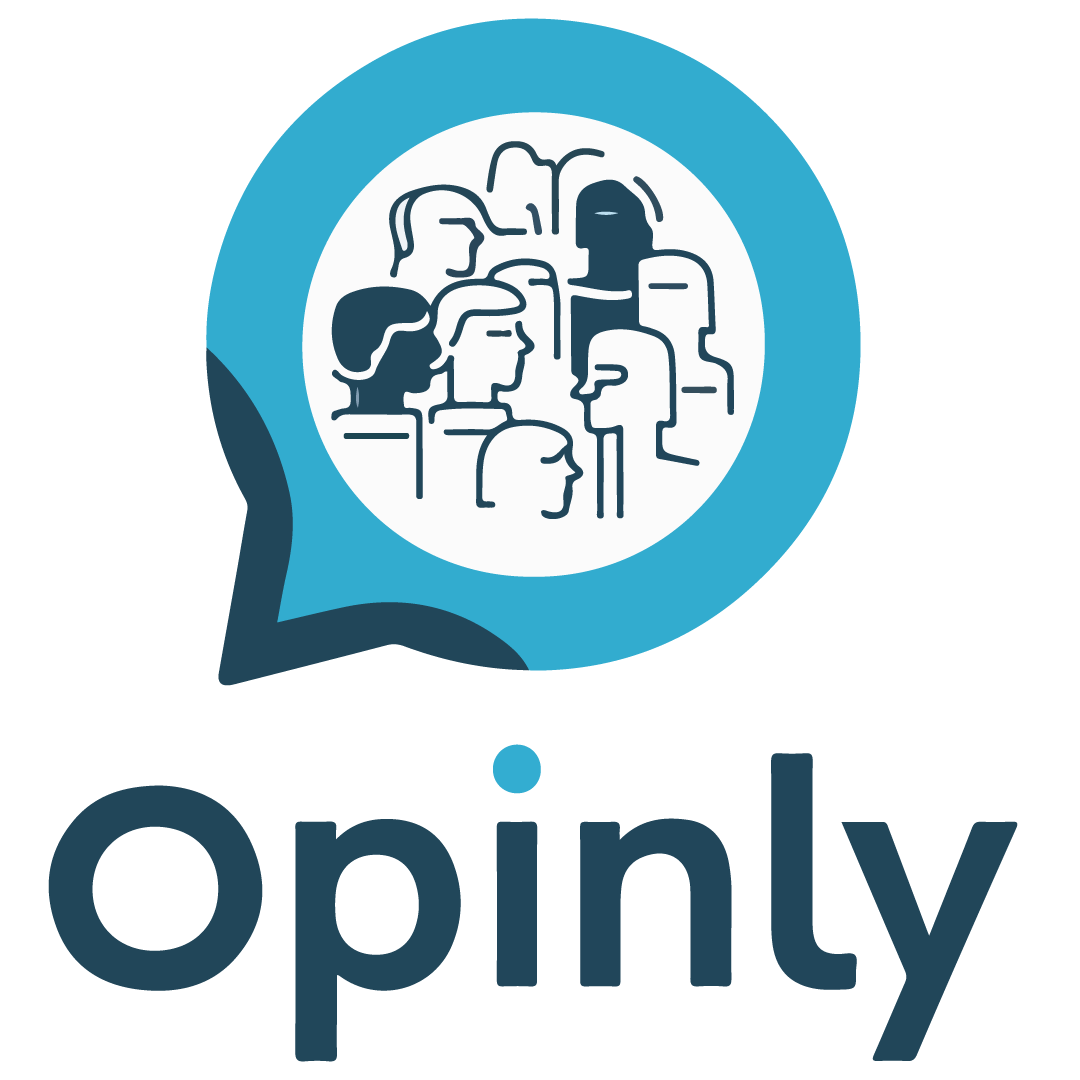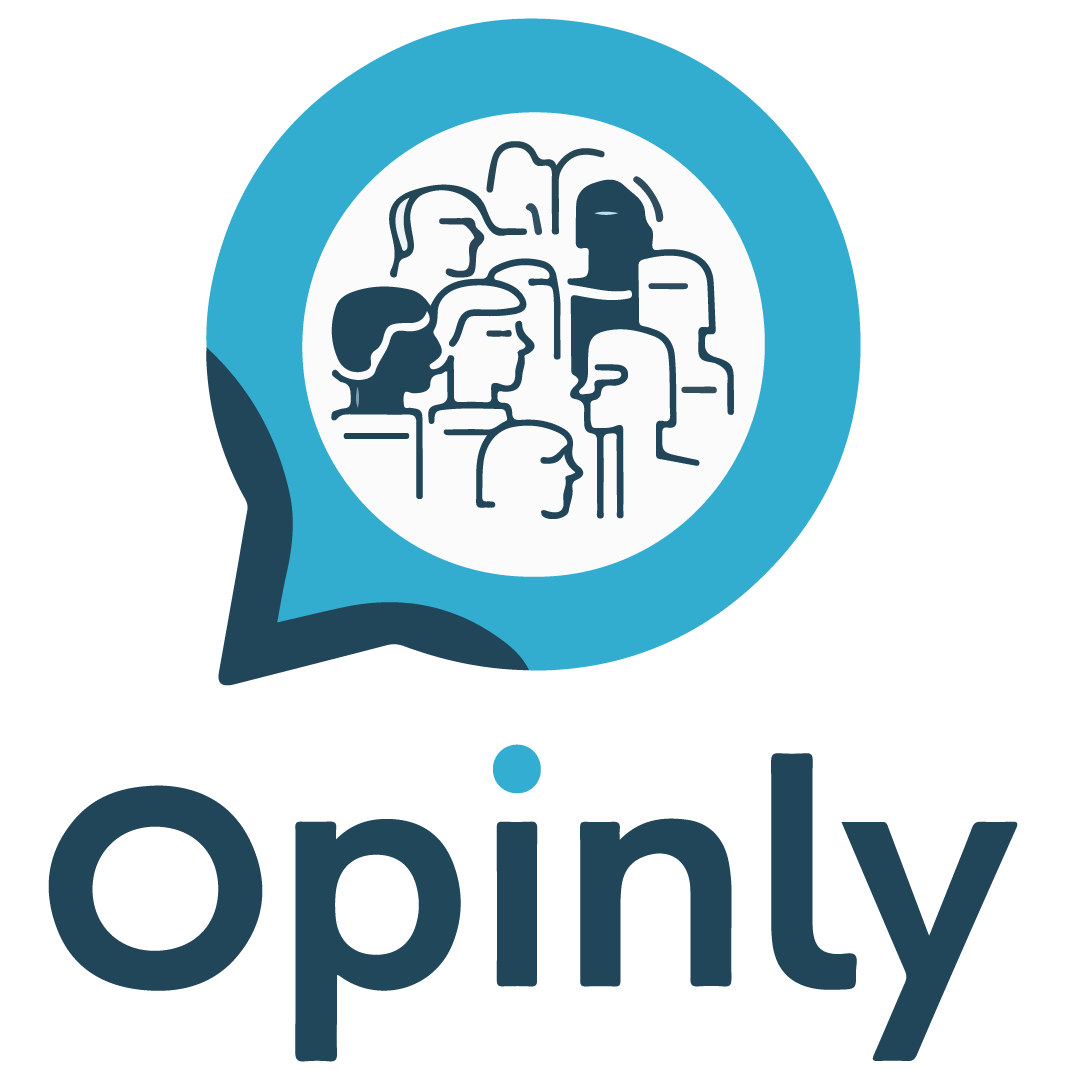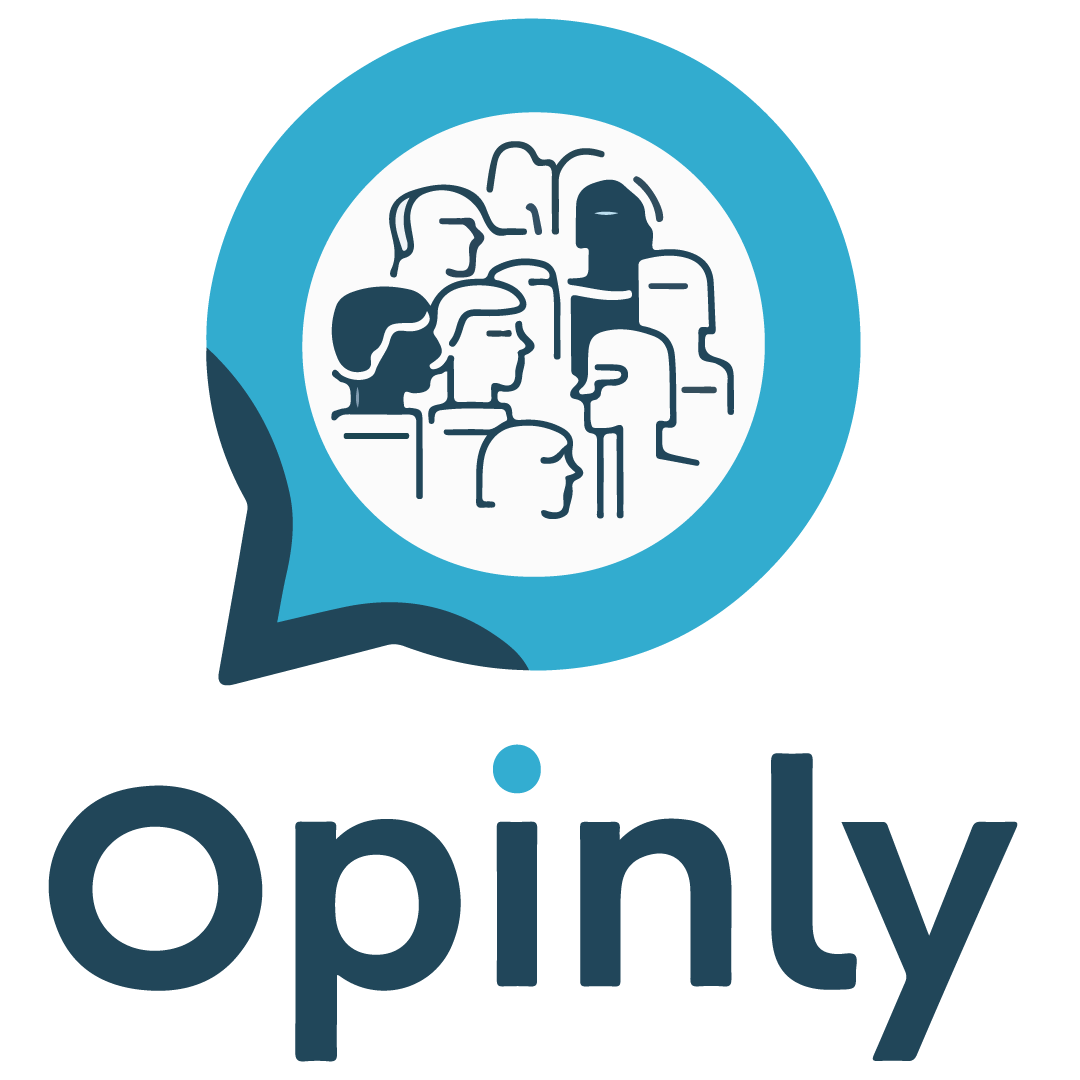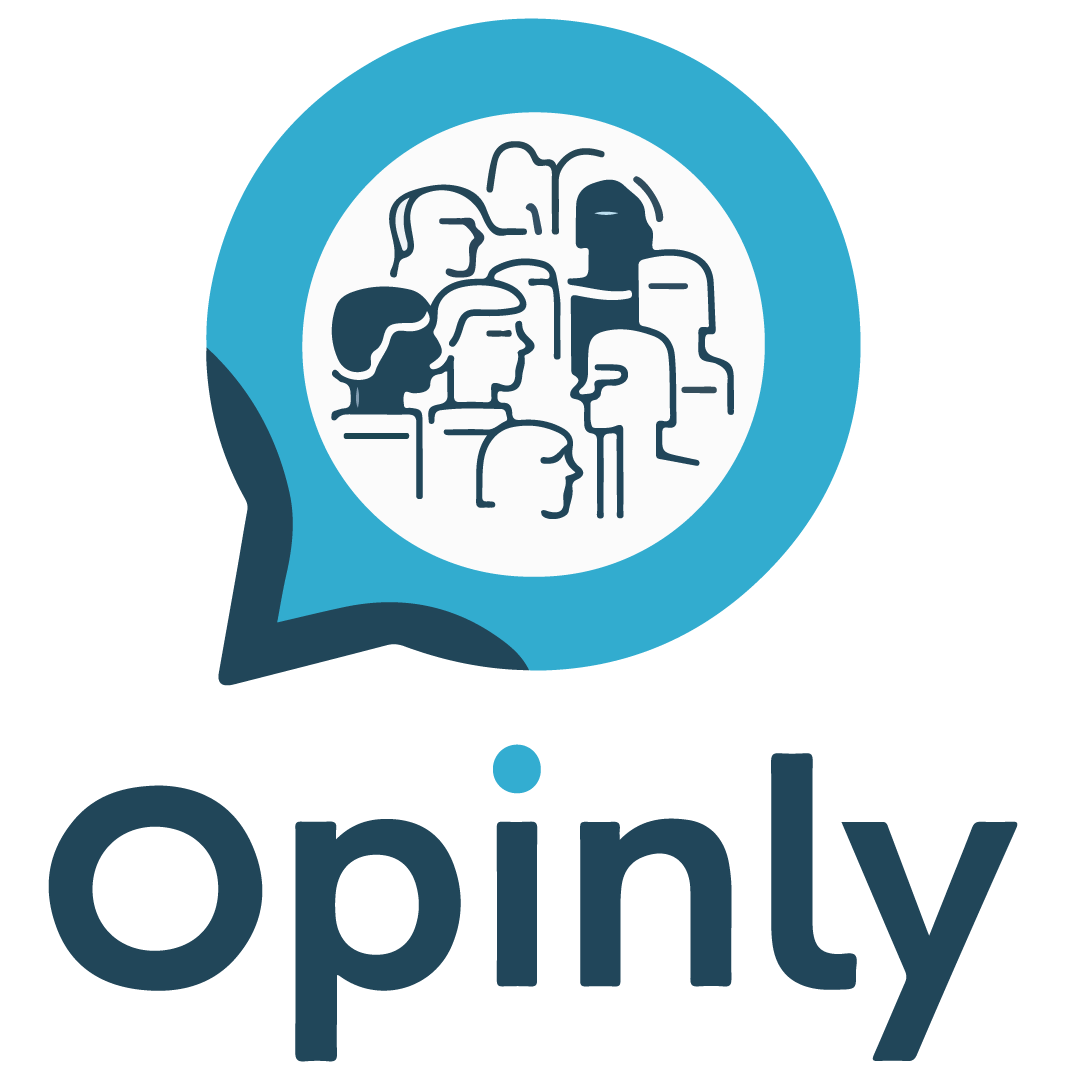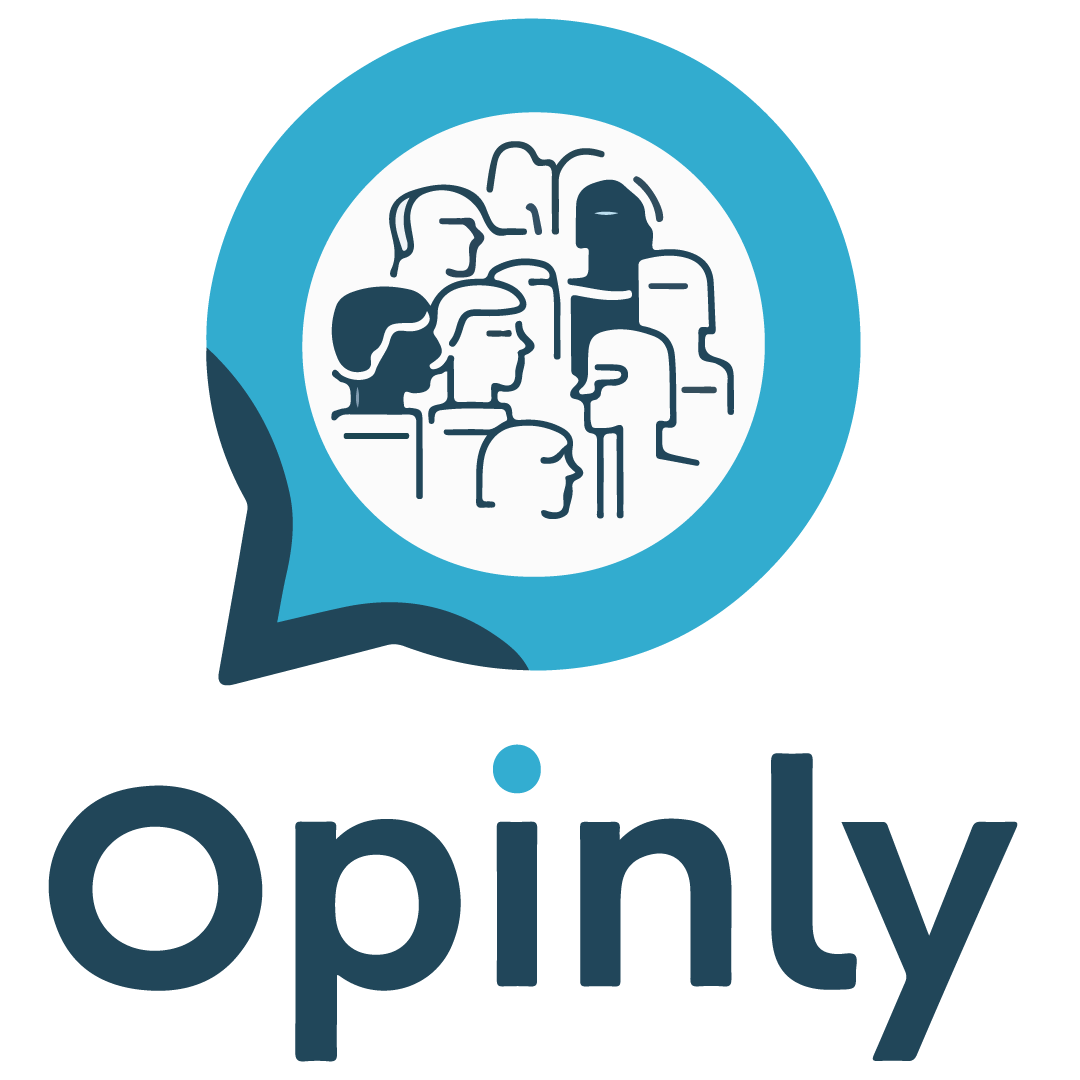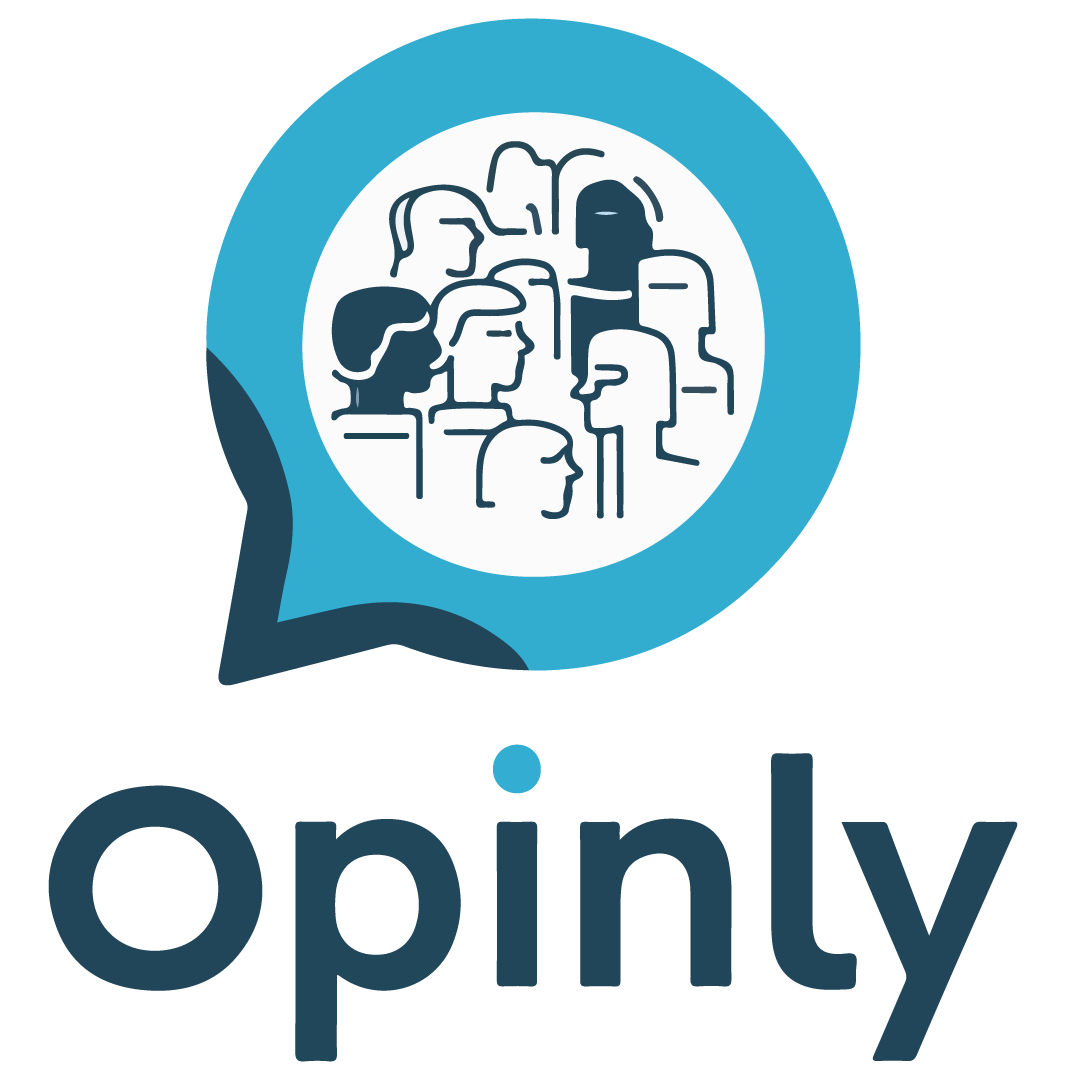
Design Review Process: A Guide for Quality and Innovation
In any creative industry, whether it's architecture, software development, or construction, the design review process plays a crucial role in ensuring that the final product meets high standards of quality. The design review not only helps identify potential issues but also serves as a platform for constructive feedback, encouraging better design quality and fostering innovation. In this guide, we'll explore the steps involved in the design review process, the tools used, and the criteria necessary for a successful review.
What is the Design Review Process?
The design review process is a structured approach to evaluate a project or product's design. The purpose is to examine the project's alignment with intended guidelines and criteria to determine if it meets the set goals and quality standards. This process is especially valuable in fields such as architectural design, software architecture, and construction, where precision and attention to detail are paramount.
In practice, the design review process includes examining each aspect of the project from multiple perspectives, including functionality, aesthetic appeal, and usability. A good design review seeks to identify flaws early, enabling teams to address issues before they impact the final output.
Key Steps in the Design Review Process
An effective design review process consists of several important steps that ensure a comprehensive evaluation of the design:
-
Preparation – In this step, relevant documents, drawings, or models are prepared for the review. The team sets up necessary presentation tools to facilitate a smooth discussion.
-
Presentation of the Design – The design is presented to the review team. A good design presentation involves a clear explanation of the concept, development process, and design intent. Presenters should focus on the criteria used to guide their choices.
-
Evaluation Against Guidelines – The design is then evaluated based on the established design guidelines. Criteria such as functionality, usability, and aesthetics are examined to assess whether the design aligns with the project's objectives.
-
Feedback and Discussion – Reviewers discuss the design, raising questions, and offering constructive feedback. This discussion should cover areas like design quality, functionality, and project feasibility.
-
Documentation of Feedback – Feedback is documented in a design review report. This report summarizes the strengths and weaknesses of the design, making it easier for the team to address any issues during further development stages.
- Follow-Up Actions – After the review, the design team works on improving the design based on the documented feedback. This step is vital for maintaining the project’s quality and consistency.
Criteria for Evaluating Good Design
The foundation of a productive design review process is the use of clear criteria to evaluate good design. Here are some of the most critical criteria used across various industries:
- Functionality – The design should meet the intended purpose and address user needs effectively.
- Aesthetic Appeal – In fields like architecture and product design, aesthetics play a crucial role. The design should be visually pleasing and align with brand or project goals.
- Usability – Especially important in software architecture and UI/UX design, usability ensures that users can navigate and interact with the design effortlessly.
- Sustainability – For sectors like construction and architecture, sustainable materials and energy-efficient solutions add value to the project.
- Innovation – Creativity and originality are hallmarks of a good design. Designs should bring new ideas or improve upon existing solutions.
Using these criteria helps set a benchmark, ensuring that the design review process remains objective and consistent.
Ways to Increase Efficiency in the Design Review Process
A successful design review process is not just about evaluating aesthetic values; it also considers various factors such as functionality, user experience, and compliance with quality standards. Here are some key steps to make your design reviews more effective:
-
Provide Clear Feedback: It is important that feedback is structured, clear, and constructive. By offering specific suggestions to team members, you support the improvement of the project. This approach strengthens communication within the team and helps achieve set goals more quickly.
-
Use Specific Evaluation Criteria: To make the review process more objective, create specific criteria. These criteria provide guidance while measuring the project's compliance and make it easier to focus on quality at every stage of the evaluation.
-
Focus on Continuous Improvement: The review process does not end with project completion; improvements may need to be made in the later stages of the design. Implementing feedback received after each review ensures that projects achieve a higher quality.
By adopting these approaches, you can create a more efficient and higher-quality design review process. This process enhances team cohesion and contributes to the more effective development of projects.
The Importance of a Comprehensive Design Review
A comprehensive design review not only improves design quality but also aids in reducing development time and cost. Through effective management of the review process, potential issues can be identified early on, saving the team from costly revisions later in the development phase.
In sectors like software architecture and construction, where project outcomes are influenced heavily by initial design choices, the review process ensures that designs align with both functional and aesthetic goals. By incorporating feedback and revising the design, teams can produce higher-quality projects that meet user expectations and evaluation criteria.
Design Review at Opinly
At Opinly, we provide a platform that allows creators to publish their projects and receive valuable feedback through our design review system. Here’s how Opinly facilitates this process:
- Publish and Present Designs – Creators can easily publish their projects, from architectural designs to software tools, and share them with a community of users and experts.
- Structured Feedback – Users can leave comprehensive reviews, discussing the design’s strengths and areas for improvement. This ensures creators get genuine feedback for refining their designs.
- Follow-Up and Development – Opinly’s feedback system helps creators evaluate their projects effectively and encourages them to implement improvements, enhancing the final design quality.
Opinly’s focus on reliable reviews and genuine feedback makes it an ideal platform for creators to grow and succeed.
Conclusion: Elevate Your Project with a Quality Design Review Process
The design review process is a powerful tool in any project’s lifecycle. It not only enhances the design quality but also fosters innovation and growth. By following the steps outlined in this guide and focusing on good design criteria, designers and developers can produce better, more effective products. For creators looking to improve their designs, Opinly offers a supportive platform where you can publish, receive feedback, and refine your projects based on constructive input.
